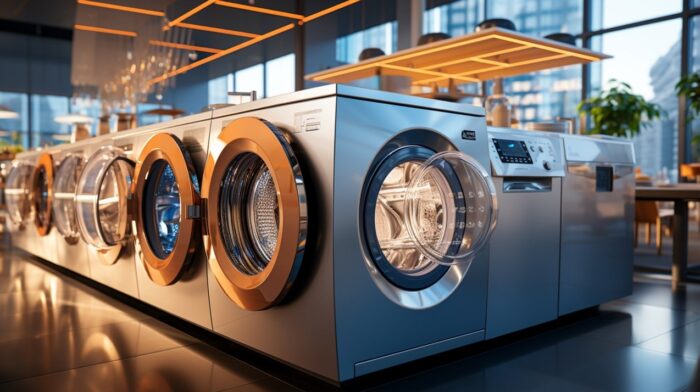When contemplating an investment in vended laundry businesses as part of a commercial real estate portfolio, it’s essential to delve into the key financial metrics. Understanding the financial performance indicators of these businesses is crucial for making informed investment decisions. David Shulick explores the critical financial considerations and performance metrics that investors should evaluate when considering vended laundry facilities.
Revenue and Cash Flow
One of the primary financial metrics for vended laundry businesses is revenue and cash flow. Investors should analyze the historical and projected revenue streams of the business. This includes examining the income generated from machine usage, as well as any additional services or offerings provided. Understanding the cash flow dynamics will help investors assess the profitability and sustainability of the vended laundry operation.
Return on Investment (ROI)
Calculating the return on investment is fundamental for assessing the profitability of a vended laundry business. ROI measures the gain or loss generated from an investment relative to the amount of money invested. It is essential to consider factors such as initial capital expenditures, ongoing operational costs, and potential future revenue growth. A favorable ROI indicates that the investment in the vended laundry business is yielding positive financial returns.
Operating Expenses and Margins
Analyzing the operating expenses of a vended laundry business is crucial for understanding its financial health. This includes costs related to utilities, maintenance, labor, and any other overhead expenses. By comparing operating expenses to revenue, investors can calculate profit margins. A well-managed vended laundry business should have efficient operations with healthy profit margins, indicating strong financial performance.
Equipment Maintenance and Replacement Costs
Vended laundry facilities heavily rely on operational machines, making equipment maintenance and replacement costs a significant financial consideration. Investors should assess the condition of existing equipment, as well as any anticipated costs for maintenance or upgrades. Understanding the lifecycle of laundry machines and factoring in replacement costs is essential for long-term financial planning.

Debt Service Coverage Ratio (DSCR)
For investors who may be financing their investment in a vended laundry business, the Debt Service Coverage Ratio (DSCR) is a crucial metric. DSCR measures the business’s ability to cover its debt obligations, including loan payments. A DSCR above 1 indicates that the business generates sufficient cash flow to cover its debt, providing confidence to lenders and investors alike.
Location-Specific Factors
The geographic location of a vended laundry business can significantly impact its financial performance. Factors such as population density, proximity to residential areas, and local competition should be considered. Additionally, demographic characteristics, like income levels and housing density, can influence customer demand and usage patterns, ultimately affecting revenue potential.
Conclusion
Evaluating the financial metrics of vended laundry businesses is a critical step for investors seeking to incorporate them into their commercial real estate portfolio. By thoroughly analyzing revenue streams, ROI, operating expenses, equipment costs, DSCR, and location-specific factors, investors can make informed decisions about the viability and profitability of vended laundry investments. Additionally, seeking guidance from industry experts and conducting thorough due diligence will further enhance the likelihood of a successful and financially rewarding venture in the vended laundry sector.
